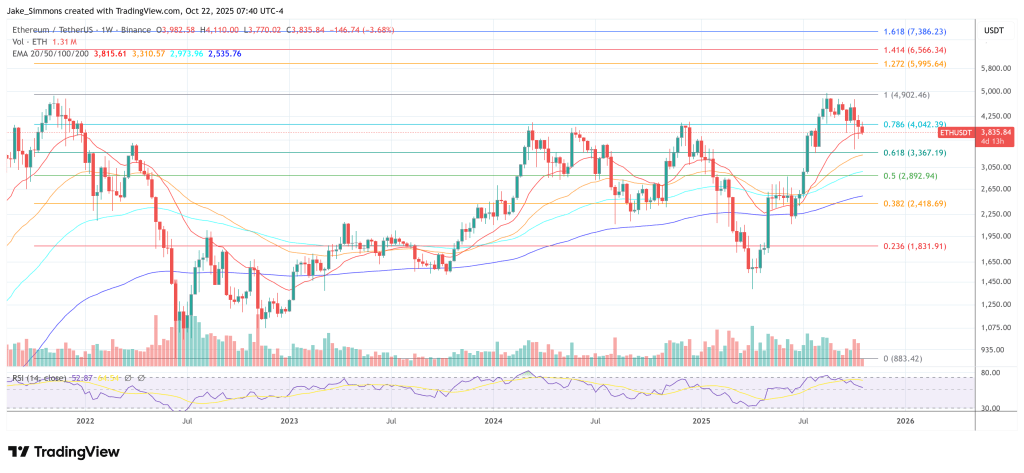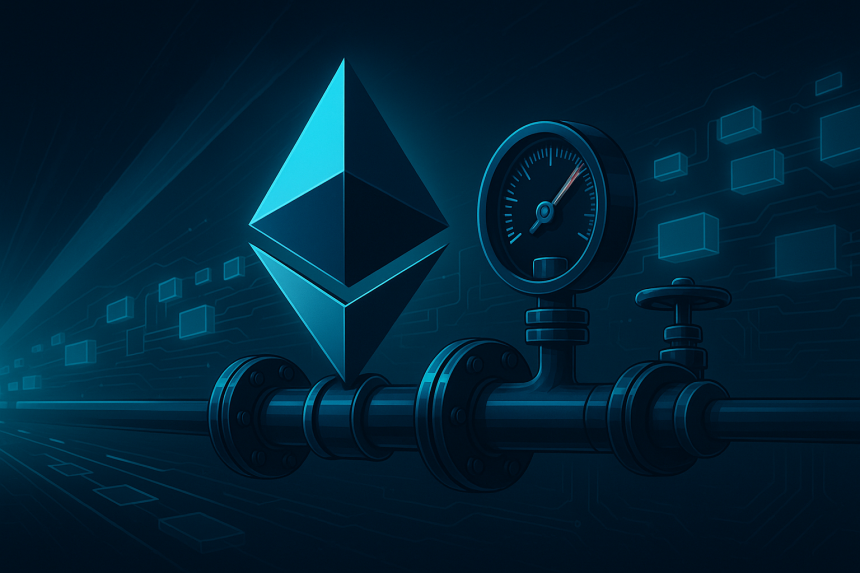The Ethereum Basis has confirmed that the upcoming Fusaka onerous fork will introduce a protocol-level cap on the quantity of gasoline that may be consumed in a single transaction. That is formally codified as EIP-7825. The cap is about at 2²4 gasoline (16,777,216 models), marking the primary time that Ethereum enforces a per-transaction restrict that’s completely different from the block gasoline restrict. This transformation is already in impact on Holesky and Sepolia, and can take impact on mainnet as soon as Fusaka is enabled.
Toni Wahrstätter defined the rationale in direct phrases in a put up revealed on October twenty first. “Beginning with the upcoming Fusaka onerous fork, EIP-7825 introduces a per-transaction gasoline restrict cap of 2²⁴ (= 16.78 million gasoline).” The inspiration observe emphasizes that whereas this cover limits particular person transactions, it doesn’t change the block gasoline restrict. As an alternative, it’s designed to alleviate the denial-of-service vector of a single outsized name hogging a whole block, and to enhance the predictability of block packing because the community prepares for parallel execution.
EIP-7825 attracts a transparent line between transaction-level complexity and system-level throughput. Beforehand, very giant calls might strategy full-block gasoline targets (generally round 45 million calls), creating timing and scheduling points for builders and validators.
The brand new cap mandates that workloads exceeding 16.78 million gasoline be divided into smaller consecutive calls. The Basis’s steerage notes that “nothing will change for many customers” as a result of the statistical distribution of real-world transactions is already effectively beneath the edge. The danger facet primarily issues batch-heavy contracts, deployment scripts, and specialised routers.
What this implies for Ethereum and its customers
From a roadmap perspective, higher bounds are explicitly positioned as the premise for parallel execution. This weblog put up connects this variation to anticipated efforts resembling EIP-7928 from the “Gramsteldam” period. This present day, predictable and bounded transactions are a prerequisite for significant concurrency within the execution layer. This higher restrict reduces worst-case competition and simplifies scheduler design for builders experimenting with parallelizable execution paths by permitting a minimum of a number of impartial transactions to be packed per block, even underneath irregular reminiscence pool circumstances.
The specs themselves are spare and mechanical. The EIP-7825 abstract states the intent of “16,777,216 (2^24) gasoline” per transaction, which will increase resiliency to sure DoS vectors and makes transaction processing extra predictable as block limits improve. That simplicity is a part of its attraction in core improvement channels. That’s, small, broad-scope constraints that keep ahead compatibility with extra bold scaling efforts.
Discussions about how you can encode and talk higher bounds have been energetic for a number of months, together with in discussions about naming and parameterization at Ethereum Magician and through calls at AllCoreDevs. One thread summarizes the core ensures coated by a number of contributors. By aligning block targets to a a number of of 2²⁴, the builder can all the time embody a minimum of n transactions if there are n eligible transactions within the reminiscence pool. That is an argument for predictability slightly than uncooked throughput.
Operationally, the inspiration says all main purchasers (Geth, Erigon, Reth, Nethermind, and Besu) have carried out modifications for Fusaka-enabled releases, decreasing the danger of discrepancies between purchasers throughout activation. The put up additionally emphasizes that eth_call semantics are unaffected and pre-signed transactions with a gasoline restrict above 2²⁴ should be re-signed beneath the restrict. The improve path for builders is simple. Take a look at in opposition to Holesky or Sepolia, retool batch operations that ignore limits, and modify gasoline estimation logic and alerts to fail instantly when development exceeds the brand new restrict.
The coverage context is value analyzing. Ethereum’s historical past has favored minimal general-purpose constraints, leaving complexity to increased layers. EIP-7825 suits that sample. I am not giving an opinion on what the contract ought to do, solely that it respects higher bounds that shield uptime and put together the execution layer for a multi-threaded future.
It additionally avoids payment market modifications and leaves blob area economics and block targets to different EIPs and forks. Because the Basis states, this cover “establishes a safer and predictable basis for increased throughput in future forks” and is a succinct abstract of the tradeoffs.
On the time of writing, ETH was buying and selling at $3,835.

Featured picture created with DALL.E, chart on TradingView.com










